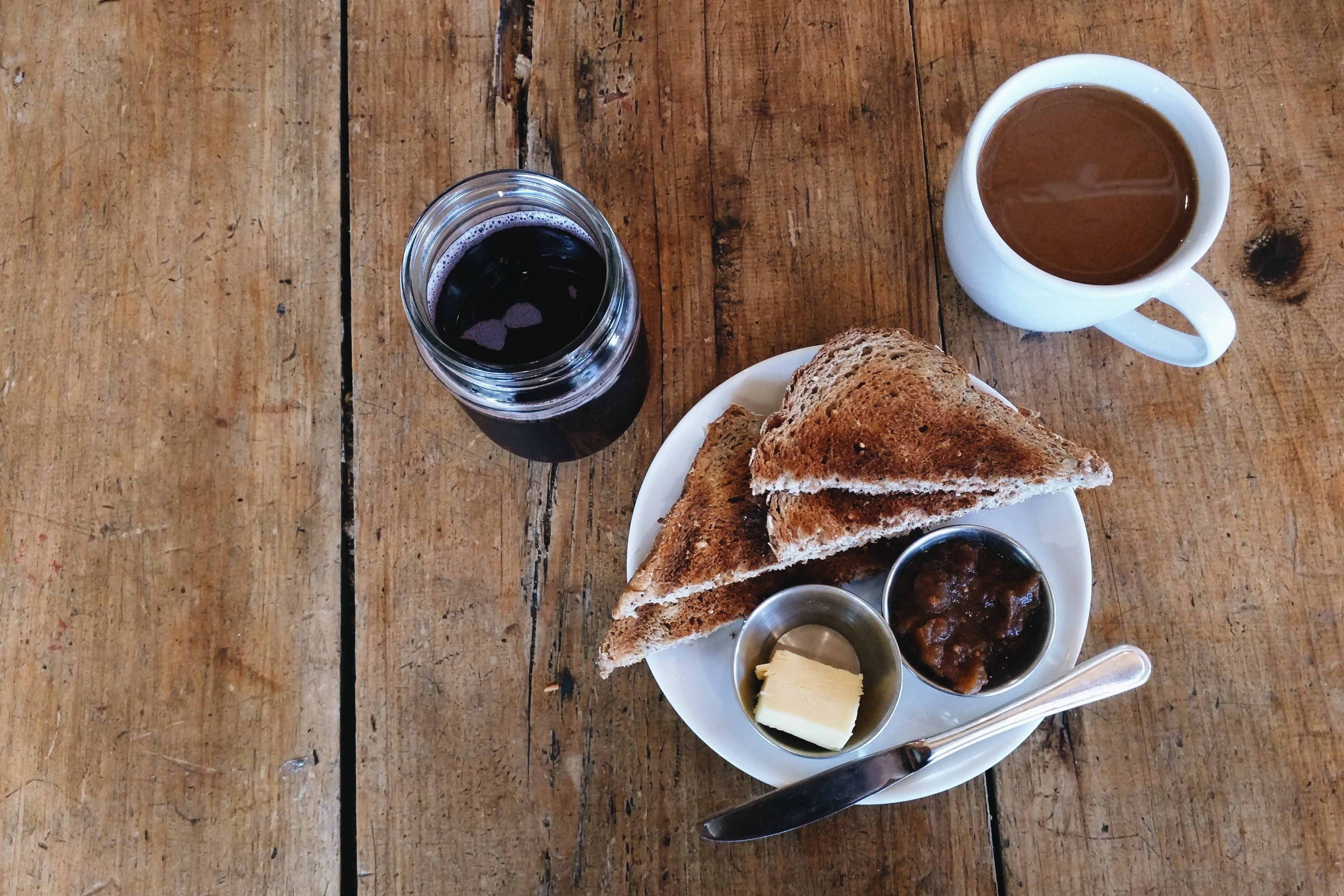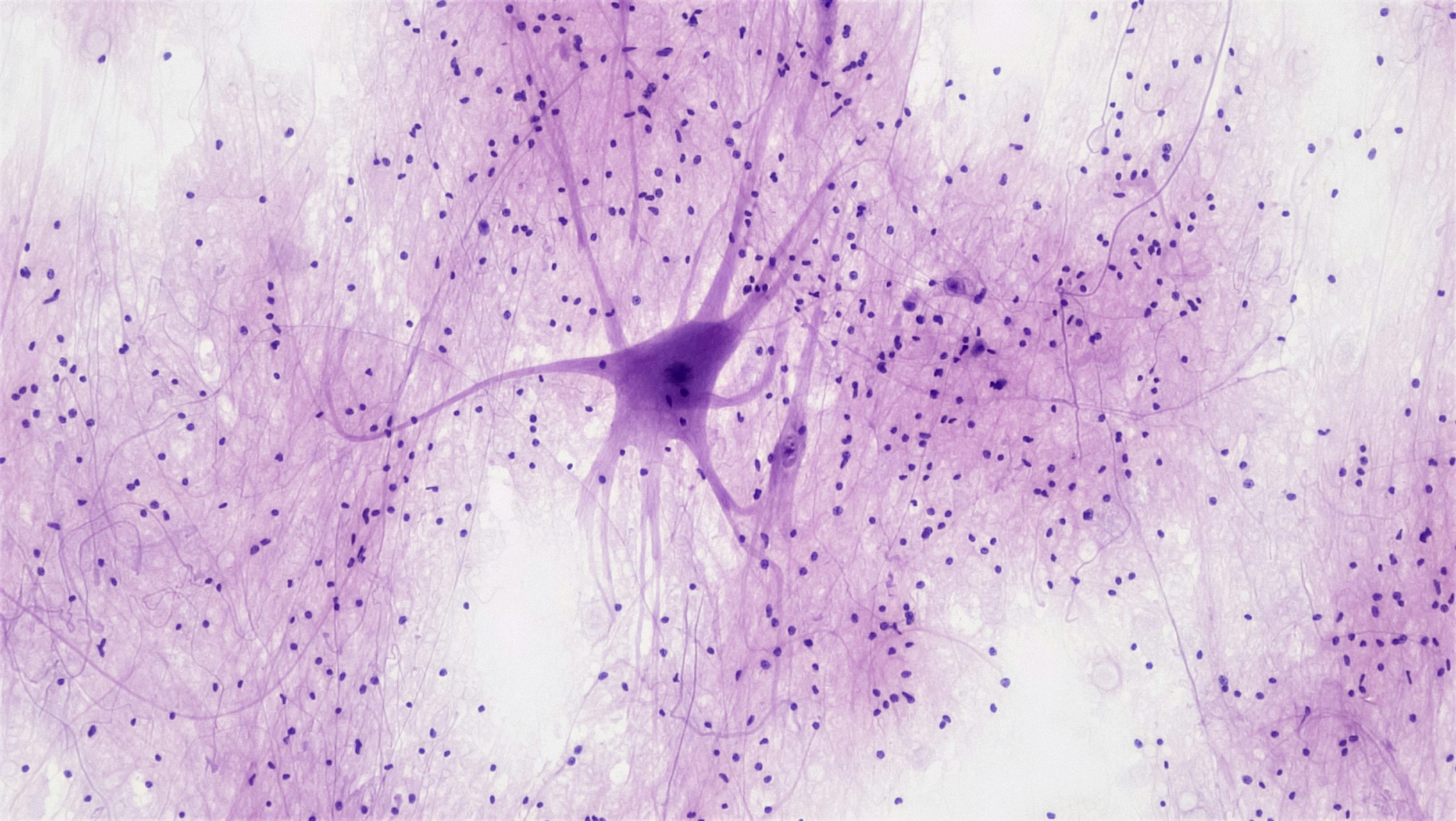by Clarissa Pereira, Year 12, The Tiffin Girls’ School, Middlesex.
We all have our little morning rituals. I, for one, greet the day by performing a series of complex chemical reactions – and so do you. I am, of course, referring to the Maillard Reaction which takes place in practically every kitchen and café throughout the country. We have this beautiful cascade of reactions to thank for the rich, invigorating aroma of freshly roasted coffee and the golden glow of toast.
The Maillard reaction refers to a chain of reactions between amino acids and reducing sugars and it is named after the prominent French chemist Louis-Camille Maillard who first investigated these reactions in 1912. Subsequent chemists, such as John E Hodge in 1973, further researched the culinary significance of these reactions and their impact on flavour, aroma, and appearance.
When a slice of bread first enters the confines of a toaster, the temperature of the heating coils quickly rise to an optimum 154° C at which point the system is provided with enough thermal energy to begin the Maillard reaction. The reactive carbonyl group on a reducing sugar reacts with the amino group of an amino acid within the bread to produce a nitrogen-substituted glycosylamine molecule. The glycosylamine molecule then isomerises to produce a ketosamine which undergoes further reactions depending on the environment.
The slightly acidic conditions of white bread (which typically has a pH of 5.0 – 6.2) allows for the formation of melanoidins. Melanoidins are long, polymeric pigments (much like the melanin in our skin). In more alkaline conditions, the melanoidins are produced faster and in a greater quantity – resulting in a deeper shade of brown. Recipes for Bavarian-style pretzels manipulate the Maillard reaction to create the glossy brown glaze of the baked goods; the dough is first dipped in weak lye solution to increase the alkalinity of the coating before baking.
During the Maillard reaction, hundreds of other organic compounds may be formed depending on a variety of factors such as the types of amino acid present, and the temperature and pH of the environment. When coffee is roasted, heterocyclic aromatic compounds are formed- including furans (which give coffee its caramel-like bittersweet scent) and pyrazines (which add earthy notes to coffee’s flavour profile). Due to its sheer complexity, the Maillard reaction can result in an impressive range of potential flavours – to the delight of chefs and chemists alike.
Whilst you were musing over the complex science responsible for enhancing the flavours of your breakfast, if you had completely forgotten about the bread in the toaster, you would become acquainted with the darker side of the Maillard reaction. As the temperature rises and the bread is subjected to high levels of thermal energy for a longer period of time, a potentially carcinogenic product, acrylamide, is formed. Such compounds are a natural consequence of cooking, however as the bread suffers for even longer within the toaster, reactions such as pyrolysis become more prevalent and the concentration of acrylamide in the toast increases- leaving behind an acrid taste in your mouth.
Surprisingly, the Maillard reaction impacts our lives even after we have left the kitchen; at a much slower rate, it is constantly occurring within our bodies – forming a range of potentially deadly, undesirable products: advanced glycation end products (AGEs). Over the course of a lifetime, the accumulation of AGEs on DNA can lead to neurodegeneration and degenerative eye diseases (including cataract formation). Researchers are currently looking into preventing ocular degeneration and reducing the effects of ageing through inhibition of the Maillard reaction.
The Jekyll and Hyde nature of the Maillard reaction has a profound impact on our everyday lives. It gives us the gift of golden toast, the manna of students everywhere; however, in our golden years, the very same reaction accelerates our inevitable decline. Currently, the formation of insidious products during the Maillard reaction is unavoidable. Instead of fearing ageing and burnt toast, we should strive for a deeper knowledge of the intricacies of the Maillard reaction which will allow us to work with its innate chemistry- making our everyday lives healthier and more delicious.





